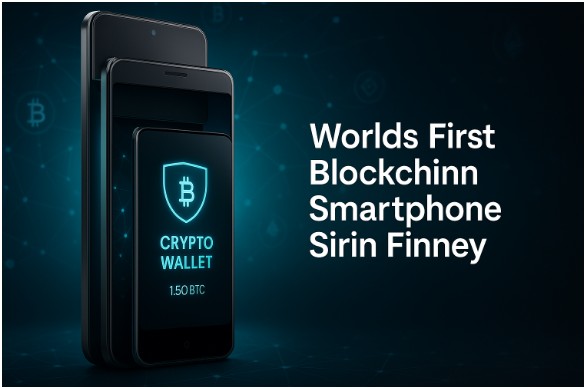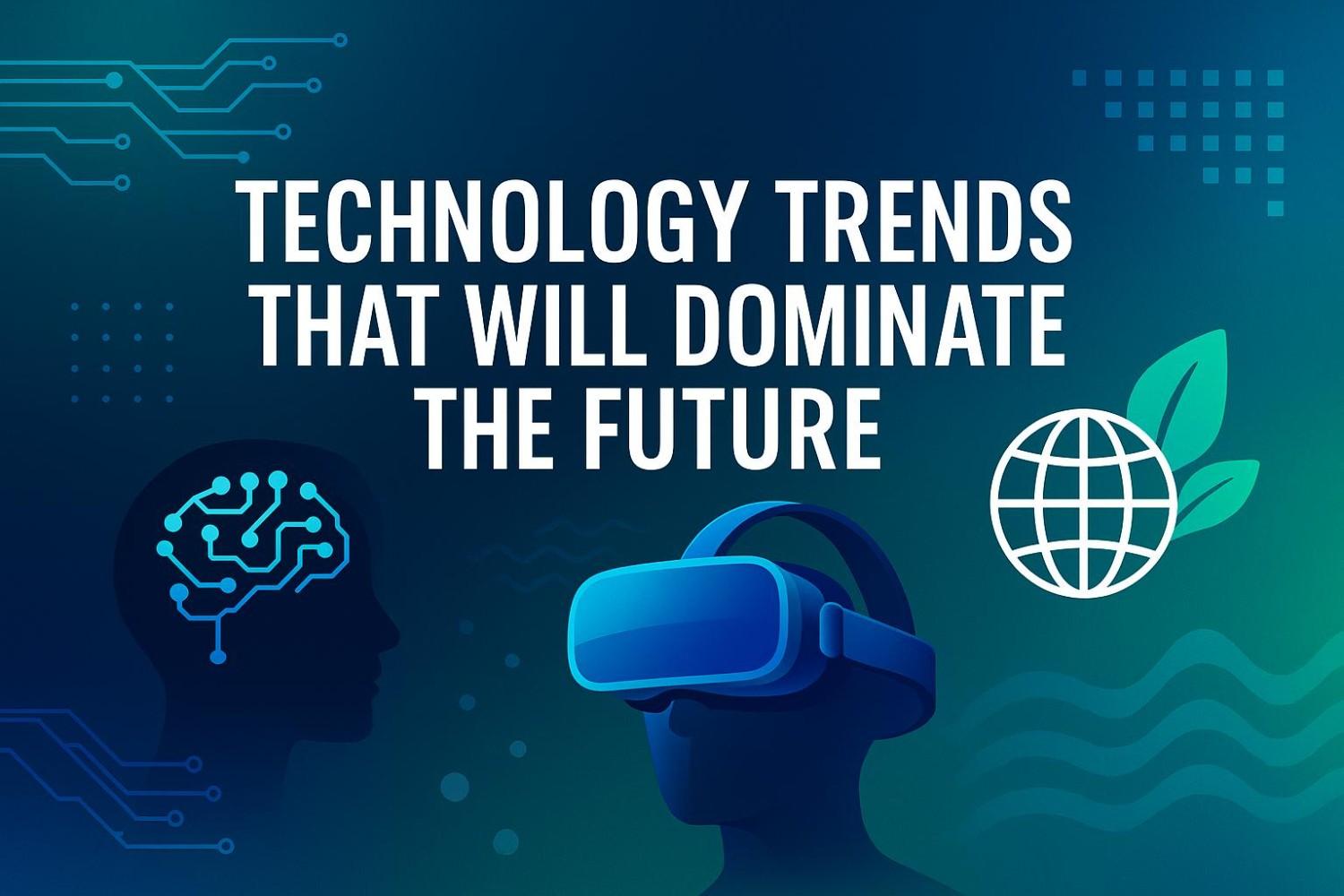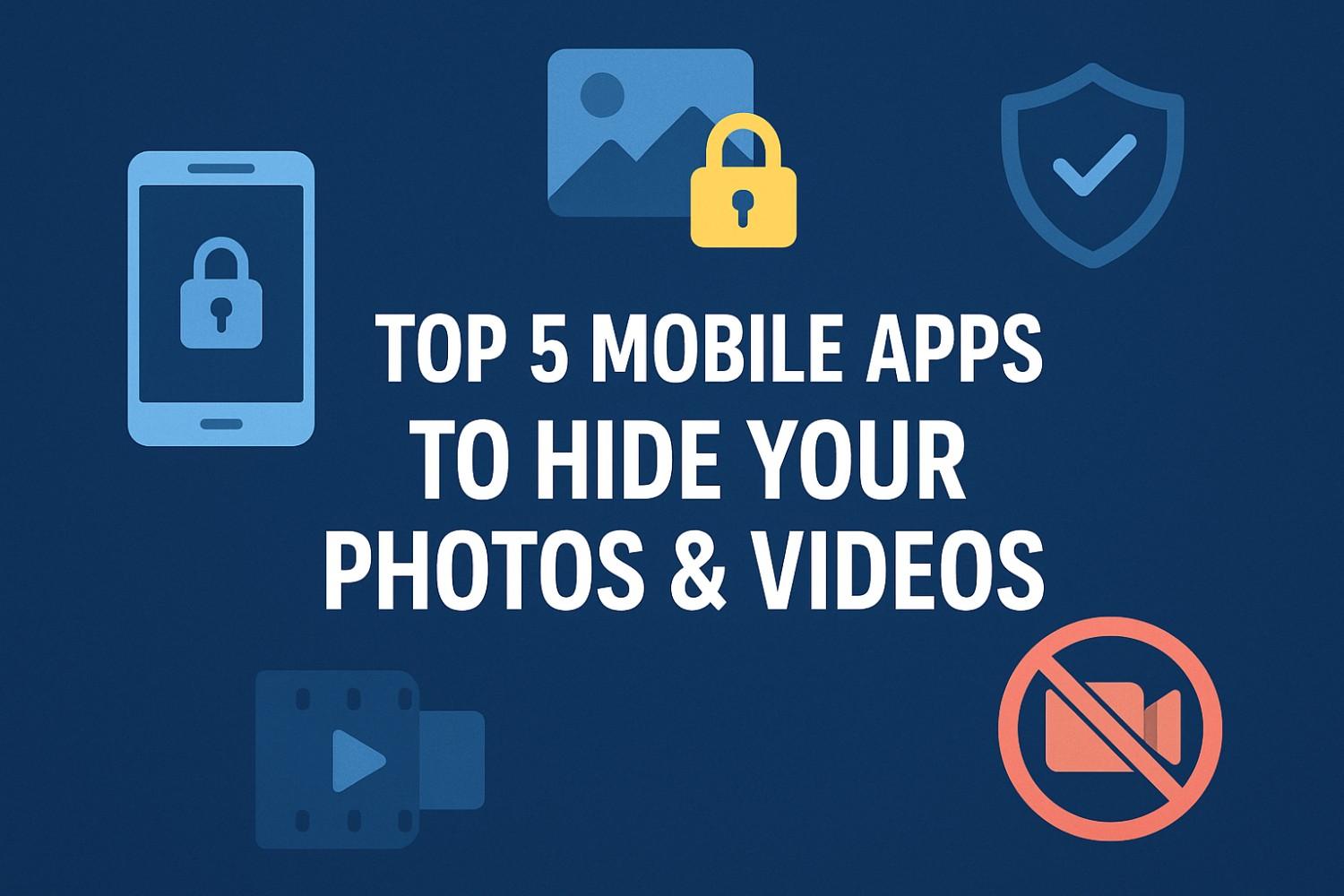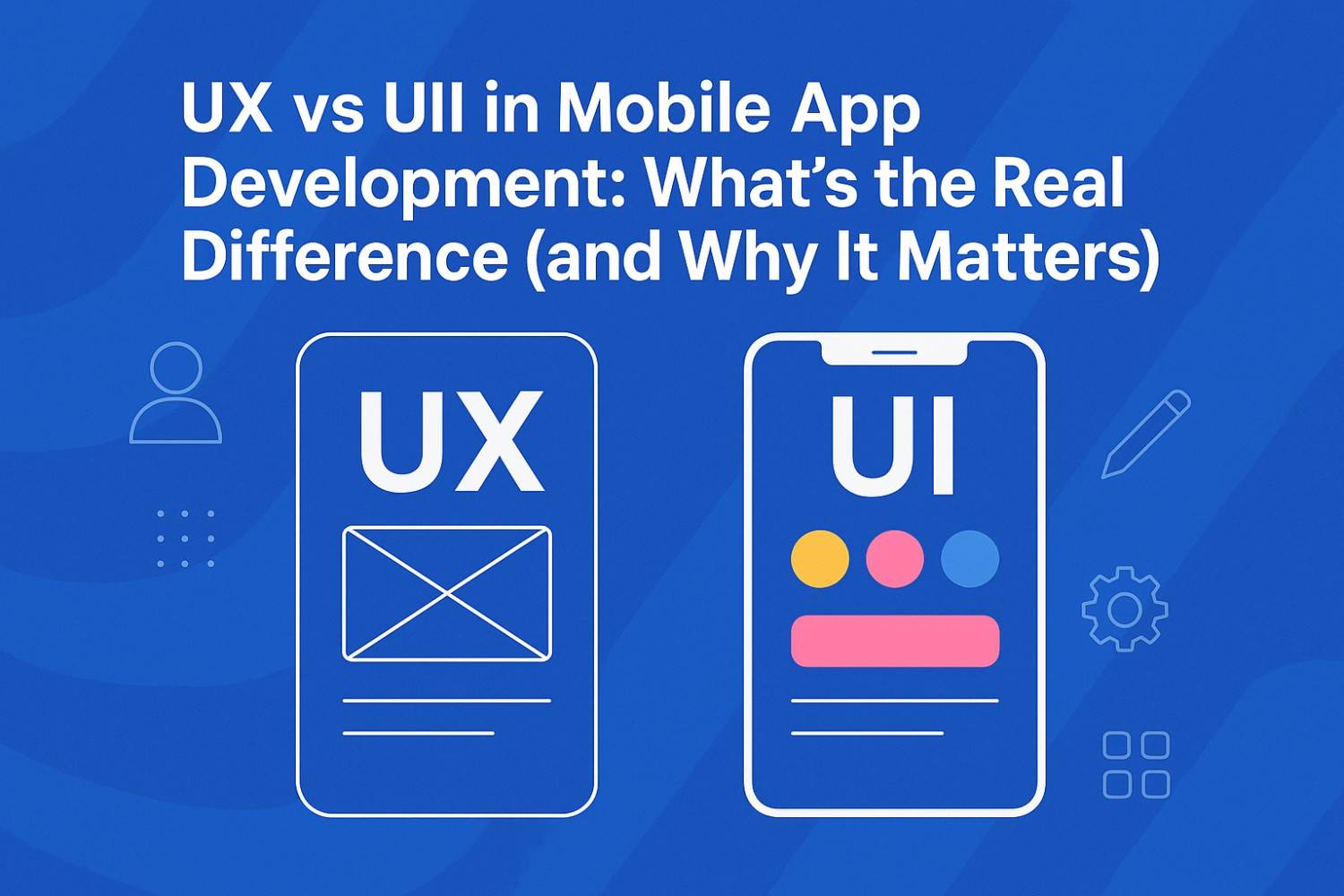The Day I Discovered the Worlds First Blockchain Smartphone Sirin Finney
I still remember the first time I heard about the Worlds First Blockchain Smartphone Sirin Finney.
It was late 2018, and I was deep into my crypto-curiosity phase—checking token prices more often than my messages and hunting for gadgets that promised to make crypto management easier.
Then came the buzz about a phone that wasn’t just smart—it was secure enough for your Bitcoin. Naturally, I had to check it out.
Unlike typical flagships flaunting camera specs or display resolutions, the Sirin Finney promised something different: a cold storage wallet built right into your phone. It sounded almost sci-fi—a phone that could physically separate your crypto wallet from the internet? Count me in.
What Made the Worlds First Blockchain Smartphone Sirin Finney So Special?
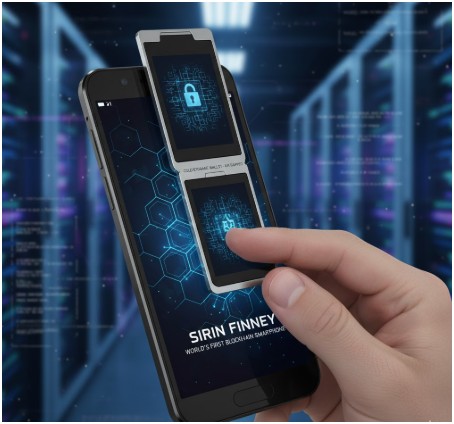
What immediately stood out about the Worlds First Blockchain Smartphone Sirin Finney was its bold vision. Developed by Sirin Labs and manufactured by Foxconn, this phone wasn’t chasing mainstream appeal. It was made for people like me—those who geek out over blockchain and security.
Instead of storing crypto in an app that hackers could potentially access, the Finney introduced a “cold storage wallet” that was literally disconnected from the phone’s main system. To use it, you had to slide up a small 2-inch touchscreen on the back—like unlocking a digital vault.
That simple movement made me feel like I was flipping a switch between two worlds: everyday smartphone use and fortress-level crypto security.
The concept was genius. By keeping your private keys offline, the Finney created an air gap that hackers couldn’t bridge. It was a hardware wallet and smartphone fused together, a dream setup for anyone living on the blockchain frontier.
How Secure Was the Worlds First Blockchain Smartphone Sirin Finney?
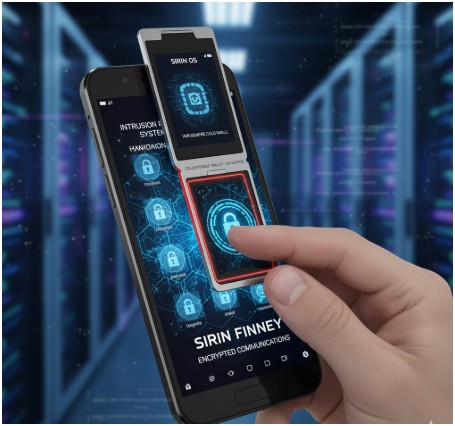
I’ll admit it—I’ve always been paranoid about crypto security. The horror stories of lost coins and hacked wallets are enough to make anyone triple-check their private keys. That’s where the Worlds First Blockchain Smartphone Sirin Finney shined brightest.
It ran on SIRIN OS, a custom, Google-certified version of Android 8.1. The operating system wasn’t just skinned Android—it came packed with serious security layers.
There was an Intrusion Prevention System (IPS) powered by machine learning, encrypted communications, and even an app lock feature to keep your sensitive apps under wraps.
Sirin Labs also designed the Finney with a hardware firewall separating the cold wallet from the rest of the device.
This meant that even if you accidentally downloaded a shady app, your crypto was untouchable. For the first time, a smartphone actually made me feel safe managing tokens directly from my pocket.
Could You Actually Use the Sirin Finney for Daily Life?
When I got my hands on the Finney, I was curious—was this thing just a glorified wallet or a usable smartphone? To my surprise, it handled daily life surprisingly well.
The phone packed flagship-level specs for its time: a Qualcomm Snapdragon 845 processor, 6GB of RAM, and 128GB of internal storage. The 6-inch Full HD+ display looked crisp, and the 12MP main camera held its own against most 2018 competitors.
Here’s a quick snapshot of its main specs compared to the HTC Exodus 1—its closest blockchain rival:
| Feature | Sirin Finney | HTC Exodus 1 |
| Processor | Snapdragon 845 | Snapdragon 845 |
| RAM | 6GB | 6GB |
| Storage | 128GB | 128GB |
| Display | 6.0″ FHD+ | 6.0″ QHD+ |
| Wallet Type | Built-in Cold Storage | Software-Based |
| Launch Price | $999 | $699 |
While the HTC Exodus 1 leaned more toward software-based blockchain integration, the Finney’s physical cold wallet gave it a tangible edge in security. The downside? You had to pay a premium for that peace of mind.
What About Apps and Crypto Functionality?
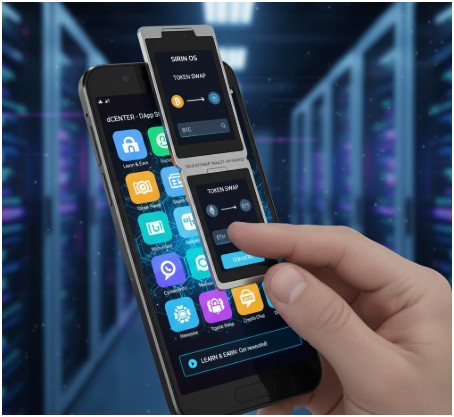
The Worlds First Blockchain Smartphone Sirin Finney went beyond storage—it also tried to build a crypto ecosystem inside your phone.
The dCENTER was a curated Decentralized App (DApp) store, featuring blockchain-based applications. Think of it like Google Play for crypto, minus the clutter.
What I really liked was the “Learn and Earn” feature. You could watch educational videos or explore blockchain content and get rewarded with tokens. It wasn’t life-changing money, but it was a fun way to stay engaged with the crypto space.
Then there was the token conversion service, which let you swap between cryptocurrencies directly from your phone—no need for third-party exchanges.
It simplified trading and storage in one neat package, something I still wish more smartphones offered today.
Why Didn’t the Worlds First Blockchain Smartphone Sirin Finney Succeed?
As much as I loved the innovation, the Worlds First Blockchain Smartphone Sirin Finney wasn’t perfect. Its $999 price tag was steep, especially for a device catering to a niche audience.
Most people weren’t ready to pay flagship money for something that felt more like a crypto experiment.
Another issue was timing. 2018 wasn’t exactly a friendly year for crypto—Bitcoin had crashed from its all-time highs, and public enthusiasm was cooling.
Even though the Finney was revolutionary, it launched into a market that wasn’t ready to fully embrace blockchain phones.
Still, I think it deserves credit for what it tried to do. It proved that blockchain integration in smartphones wasn’t just hype—it could be done thoughtfully and securely.
How to Make the Most of a Blockchain Smartphone Like the Sirin Finney
If you ever get your hands on a blockchain phone—whether it’s the Finney or a newer model—here’s how I’d recommend using it:
- Keep your crypto wallet separate.
Use the built-in cold storage wallet only for assets you plan to hold long-term. Treat it like a vault, not a trading account.
- Leverage DApps smartly.
Blockchain phones often feature decentralized app stores—perfect for exploring Web3 apps securely.
- Use built-in conversion tools.
Skip sketchy third-party exchanges and take advantage of native token swap features whenever possible.
- Backup everything carefully.
Even the safest hardware wallets rely on your recovery phrases. Store them offline and double-encrypt if you can.
Owning a blockchain smartphone isn’t just about security—it’s about freedom and control over your digital identity. The Sirin Finney embodied that vision beautifully.
FAQs About the Worlds First Blockchain Smartphone Sirin Finney
Q1: What makes the Sirin Finney different from a regular smartphone?
The biggest difference is the cold storage wallet. Unlike a typical phone, it physically separates your crypto wallet from the internet. That means hackers can’t access your private keys, even if the main system is compromised.
Q2: Is the Sirin Finney still available for purchase today?
Not officially. Sirin Labs has since shifted focus to licensing its SIRIN OS to other companies. You might find secondhand units online, but software updates are no longer guaranteed.
Q3: Can I use the Finney without being a crypto expert?
Absolutely! The phone was designed for accessibility. Its wallet interface, token swap tool, and DApp store were intuitive enough for beginners while offering serious security for pros.
Q4: Are there any modern alternatives to the Sirin Finney?
Yes—phones like the HTC Exodus 1 and newer Solana Saga devices carry the blockchain torch forward. Each adds new layers of integration for Web3 users.
The Crypto Dream Lives On
The Worlds First Blockchain Smartphone Sirin Finney may not have dominated sales charts, but it left an undeniable mark on tech history. For me, it wasn’t just a phone—it was a glimpse into the future of secure digital ownership.
Holding that device felt like holding the promise of decentralization in my hands. Sure, it came with a few quirks and a hefty price tag, but its message was powerful: you deserve control over your digital assets.
And honestly, that’s a dream worth revisiting—especially in a world that’s finally catching up to what the Finney started.

